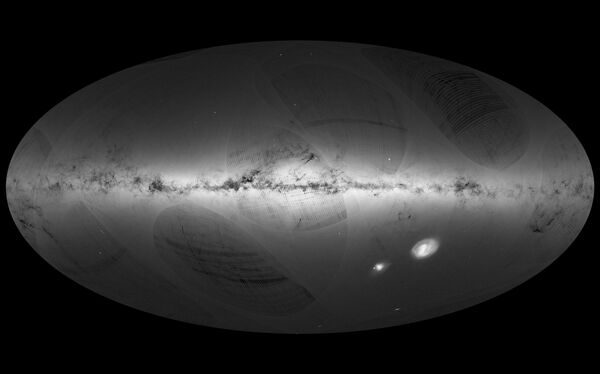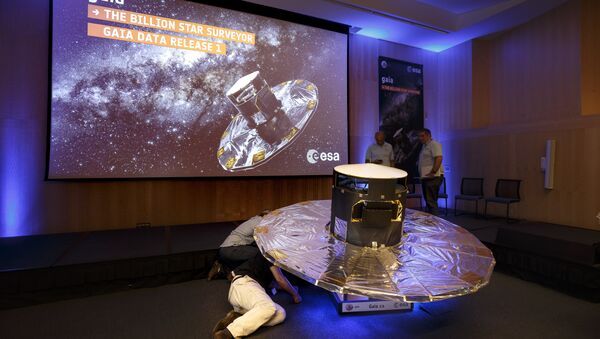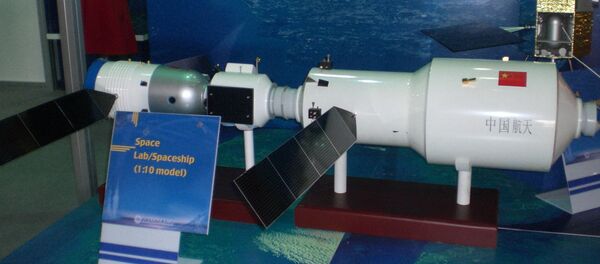The Gaia satellite, whose launch was highly anticipated by astronomers, provided the raw data for the 3D map, using results obtained from observations between July 2014 and September 2015. The observations were used to create a catalog of some 1,142,000,000 stars, each accompanied with brightness and location data. Of that total, some two million stars are provided with distance and movement information as well.
"The beautiful map we are publishing today shows the density of stars measured by Gaia across the entire sky, and confirms that it collected superb data during its first year of operations," said Timo Prusti, Gaia project scientist at ESA.

The stars scanned and recorded by Gaia are just one percent of the Milky Way's star total, a number thought to be in the neighborhood of 100 billion. But, according to Francois Mignard, an astronomer with France's National Centre for Scientific Research, and member of the Gaia Science Team, the Gaia 3D map of the Milky Way is unprecedented, as "never have we achieved anything so complete or precise." The data are important for grasping the contents of the Milky Way, as well as its origin and evolution.
Astrophysicists expect to get new information about the existence of dark matter and its distribution, testing Einstein's general theory of relativity by observing the Sun and planets.
"It seems like a good bet that the mission will reveal thousands of new worlds," Gregory Laughlin, Yale University astronomer, told the science journal Nature.
Although placing a craft in an L2 orbit is not an easy task, the conditions it provides are advantageous, and an L2 orbit is a destination of interest for future research spacecraft.



